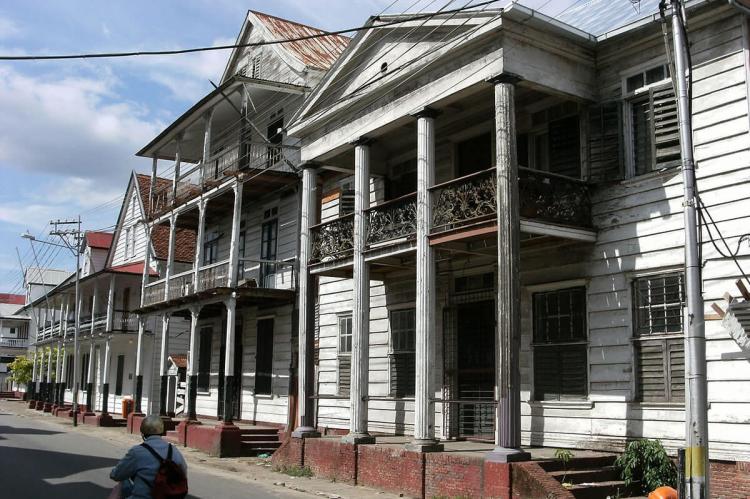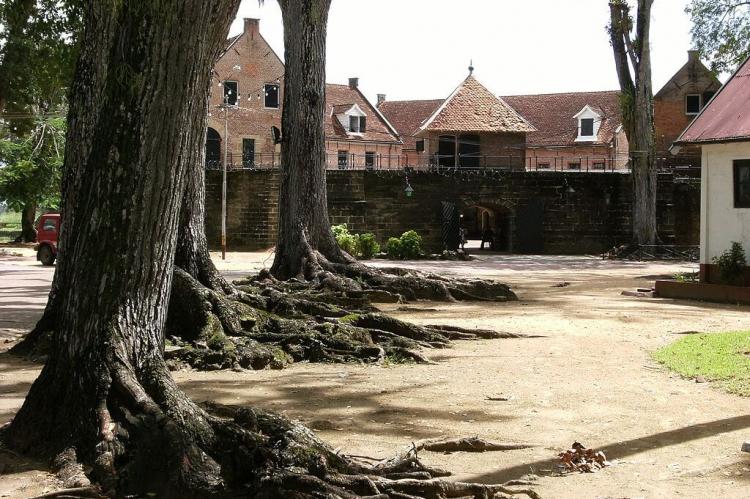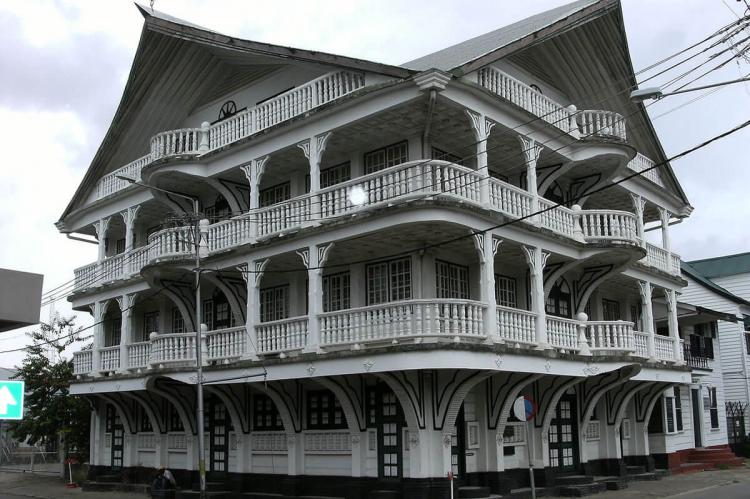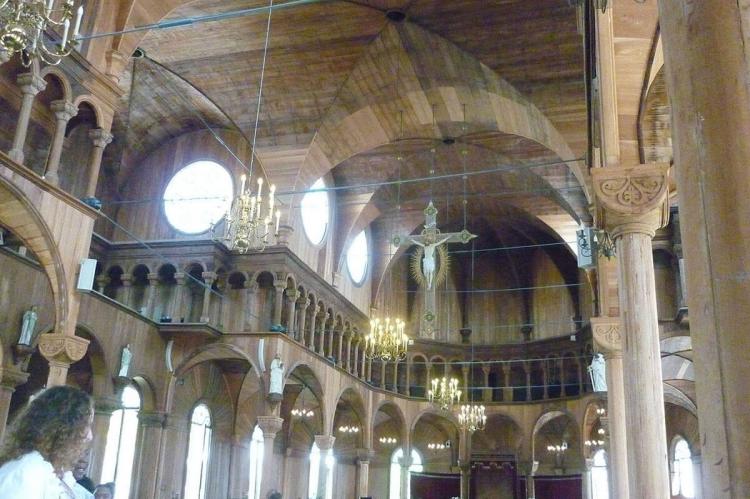Paramaribo: History and Culture Along the Suriname River
Paramaribo, situated on the banks of the Suriname River, is Suriname's capital and largest city. Designated as a UNESCO World Heritage Site, its urban center, with roots dating back to the 17th and 18th centuries, is evidence of its colonial past as a former Dutch settlement and multicultural present.
Paramaribo
History and Culture Along the Suriname River
Paramaribo, the capital and largest city of Suriname, unfolds its rich history on the banks of the Suriname River in the Paramaribo District. Home to approximately 241,000 people per the 2012 census, this city holds the title of the country's capital and serves as evidence of Suriname's colonial past and multicultural present.
Colonial Origins and UNESCO Recognition
Dating back to the 17th and 18th centuries, Paramaribo emerged as a Dutch colonial town on the northeastern coast of Suriname in tropical South America. The city's historical significance and architectural integrity have led to its designation as a UNESCO World Heritage Site in 2002 under the "Historic Inner City of Paramaribo" title.
Distinctive Features and Bounded Landscape
The Sommelsdijkse Kreek bounds the distinctive features of Paramaribo's historic center to the north and the Viottekreek to the south. This area's original and characteristic street plan has endured time, maintaining its integrity and serving as a captivating window into the city's colonial roots.
Key Moments and Fort Zeelandia
Paramaribo's entry into Dutch hands during the Second Anglo-Dutch War in 1667 marked a pivotal moment in its history. Abraham Crijnssen led a squadron of ships that conquered the city. Later that year, the Treaty of Breda affirmed Paramaribo as the principal town in Suriname's newly acquired Dutch colony.
The fort guarding the city was renamed Fort Zeelandia in honor of the Dutch province that financed Crijnssen's fleet, a name that endured. At the same time, an attempted renaming to New Middelburg did not resonate with the inhabitants.
Architectural Legacy and Multicultural Fusion
The city's grid pattern, established in 1683, unfolds along an axis extending northwest from Fort Zeelandia. The main streets, following natural shell ridges that provided a naturally drained foundation for construction, showcase the Dutch engineering and town planning skills that allowed the city to expand over marshy lands to the north in the late 18th century.
The architectural landscape of Paramaribo is a reflection of its multicultural society. Comprising mainly wooden buildings, the plain and symmetrical architectural style illustrates the gradual fusion of Dutch and other European architectural influences, alongside later North American elements and distinctive aspects from Creole culture.
Architectural Gems and UNESCO Recognition
Key elements in Paramaribo's townscape include the historically significant Fort Zeelandia, constructed in 1667, now surrounded by the lush expanse of the Garden of Palms. The city's wide, tree-lined streets and open spaces contribute to its unique character.
Noteworthy structures like the Presidential Palace (1730), a combination of stone and wood, the Ministry of Finance (1841) with its monumental brick structure and classical portico crowned by a clock tower, the Neoclassical-style Reformed Church (1837), and the Gothic Revival Roman Catholic Cathedral (1885), crafted entirely from wood, further enrich the architectural heritage of Paramaribo.
Conclusion
With its UNESCO World Heritage designation, Paramaribo is a captivating repository of Suriname's colonial history. From its carefully planned streets and historic fort to its diverse architectural styles reflecting a fusion of cultures, Paramaribo invites visitors to embark on a journey through time, where the echoes of Dutch colonialism and the vibrancy of Suriname's multicultural present converge on the banks of the Suriname River.





